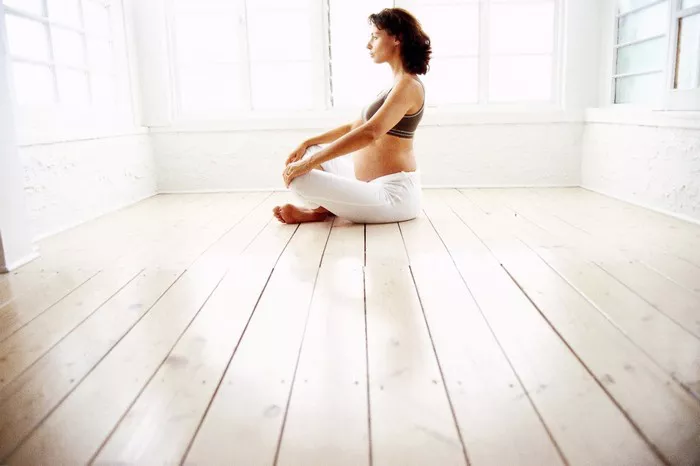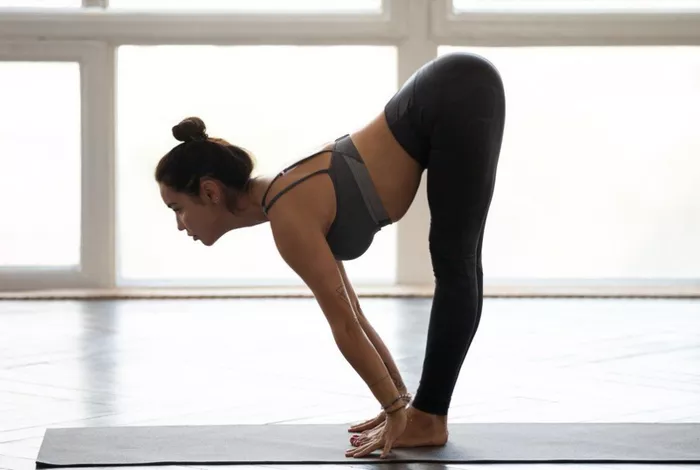Iyengar Yoga is a distinctive branch of Hatha Yoga, developed by B.K.S. Iyengar in the 20th century. Known for its precision, alignment, and use of props, this yoga style places emphasis on the technical aspects of posture and breath control. Iyengar Yoga is suitable for practitioners of all levels and is often recommended for individuals recovering from injury or managing physical limitations. Its structured approach ensures that students understand the foundation of each pose before progressing.
1. Emphasis on Alignment
A central focus of Iyengar Yoga is the concept of alignment. This refers to the exact positioning of bones and muscles to achieve the ideal expression of a pose. Practicing correct alignment helps prevent injuries and allows the body to develop strength and flexibility in a balanced way. Teachers often provide detailed verbal instructions and adjustments to help students refine their form.
Proper alignment enhances not just physical health but also mental clarity. By concentrating on the correct form, students develop mindfulness, as every action requires attention. This mindful movement becomes a meditative practice that extends beyond the yoga studio and into daily life.
2. Use of Props
Iyengar Yoga is well-known for its innovative use of props. Common props include blocks, straps, blankets, bolsters, and even chairs. These tools are not merely accessories; they serve to make yoga accessible to everyone. By supporting the body in different poses, props enable students to maintain alignment, stay longer in asanas, and progress safely.
For beginners, props offer a way to experience the full benefits of a pose without strain. For advanced practitioners, they deepen the pose and allow for greater exploration. Props also assist those with injuries or limited mobility, making Iyengar Yoga a therapeutic option.
3. Detailed Instruction and Sequencing
One of the distinguishing features of Iyengar Yoga is its methodical approach to teaching. Instructors are trained to deliver detailed, step-by-step instructions. This precise guidance helps students understand how each part of the body contributes to the whole pose.
Moreover, Iyengar Yoga classes follow intelligent sequencing. Poses are arranged in a specific order to prepare the body and mind effectively. For example:
- Standing poses may warm up the body.
- Forward bends calm the nervous system.
- Backbends energize and invigorate.
- Inversions build strength and concentration.
This structured sequencing ensures maximum benefit from each session and helps reduce the risk of injury.
4. Focus on Timing and Duration
Iyengar Yoga emphasizes holding poses for longer durations than many other styles. This extended timing allows practitioners to explore the depths of each posture. Holding poses encourages endurance, stability, and introspection.
During these sustained holds, students can fine-tune their alignment and deepen their understanding of the pose. The longer duration also activates deeper layers of muscle and enhances internal awareness. Over time, this leads to improved concentration, stamina, and mental resilience.
5. Breath Control and Pranayama
Although asana (physical posture) forms the basis of Iyengar Yoga, pranayama (breath control) is equally important. In the Iyengar tradition, students are often introduced to pranayama after they have established a stable asana practice. This ensures that the body is prepared and the mind is disciplined enough to benefit from breath work.
Pranayama techniques are taught with the same attention to detail as postures. Instructors guide students on the proper position of the spine, chest, and diaphragm during breathing exercises. The aim is to enhance the flow of prana (life force) throughout the body. Controlled breathing calms the mind, reduces stress, and promotes emotional balance.
6. Therapeutic Applications
Iyengar Yoga is often recommended in therapeutic contexts. Its adaptability and precision make it ideal for addressing specific physical conditions such as scoliosis, arthritis, lower back pain, and even recovery from surgery. Props and modifications allow individuals to practice safely and effectively, regardless of their limitations.
Therapeutic classes are usually smaller in size and focus on individualized instruction. Teachers may consult with healthcare providers and develop personalized sequences. This attention to each student’s unique needs highlights Iyengar Yoga’s inclusive and healing nature.
7. Mental and Emotional Discipline
The physical aspects of Iyengar Yoga are complemented by its mental and emotional benefits. The precision and focus required during practice help cultivate discipline, patience, and self-awareness. Each pose demands full attention, which quiets the mind and centers the practitioner.
By consistently engaging the mind and body, students often experience a greater sense of inner calm and resilience. This mental discipline supports emotional stability and can be a valuable tool for managing anxiety, depression, and stress.
8. Spiritual Growth
Although Iyengar Yoga is rooted in physical discipline, its ultimate aim is spiritual growth. The practice leads students inward, fostering a deeper connection with the self. As B.K.S. Iyengar often emphasized, yoga is a path to self-realization.
Through the integration of body, breath, and mind, practitioners develop a sense of unity and harmony. This spiritual awareness arises naturally over time as students deepen their practice. The journey through Iyengar Yoga is one of self-discovery and transformation.
9. Commitment to Teaching Excellence
Iyengar Yoga teachers undergo rigorous training and certification. This ensures that students receive high-quality instruction grounded in deep knowledge and practical experience. The certification process involves years of dedicated practice, study, and assessment.
This commitment to teaching excellence is one reason why Iyengar Yoga is held in such high regard. Students can trust that their instructors are well-equipped to guide them safely and effectively through their yoga journey.
10. Community and Legacy
The global Iyengar Yoga community is vibrant and supportive. Studios, teachers, and practitioners around the world honor the legacy of B.K.S. Iyengar and continue to uphold his teachings. Workshops, retreats, and conventions foster ongoing learning and connection.
Being part of the Iyengar community offers students a sense of belonging. The shared commitment to growth, precision, and integrity creates a strong foundation for both personal and collective development.
Conclusion
Iyengar Yoga is much more than a physical exercise routine. It is a comprehensive system that cultivates strength, flexibility, awareness, and inner peace. By focusing on alignment, using props, and emphasizing discipline and mindfulness, Iyengar Yoga supports practitioners in all stages of life and health.
Whether you are seeking physical improvement, mental clarity, or spiritual depth, Iyengar Yoga offers a structured and supportive path. Its focus on detail, safety, and personal growth makes it a valuable practice for anyone committed to holistic well-being.
Related Topics:














